Located in the Lot department, just 10 minutes away from the neighbouring Dordogne department and within the Périgord region.
The stunning countryside boasts great wine, breathtaking castles and a rich history that spans all the way to prehistoric cave art. Lorem ipsum dolor sit amet, consectetur adipiscing elit, sed do eiusmod tempor incididunt ut labore et dolore magna aliqua. Ut enim ad minim veniam, quis nostrud exercitation ullamco laboris nisi ut aliquip ex ea commodo consequat. Duis aute irure dolor in reprehenderit in voluptate velit esse cillum dolore eu fugiat nulla pariatur.

Located within…
· 1 hour from Bergerac Airport
· 2 hours from Toulouse Airport
· 1 hour from Brive-la-Gaillard Airport
· 2.5 hours from Bordeaux Airport
Domme

Domme is 250 metres (820 ft) above sea level on a rocky outcrop overlooking the Dordogne river. With its trapezoid city plan, Domme is a bastide (a fortified medieval town) and is a member of the association Les Plus Beaux Villages de France (“The Most Beautiful Villages of France”).
Beynac
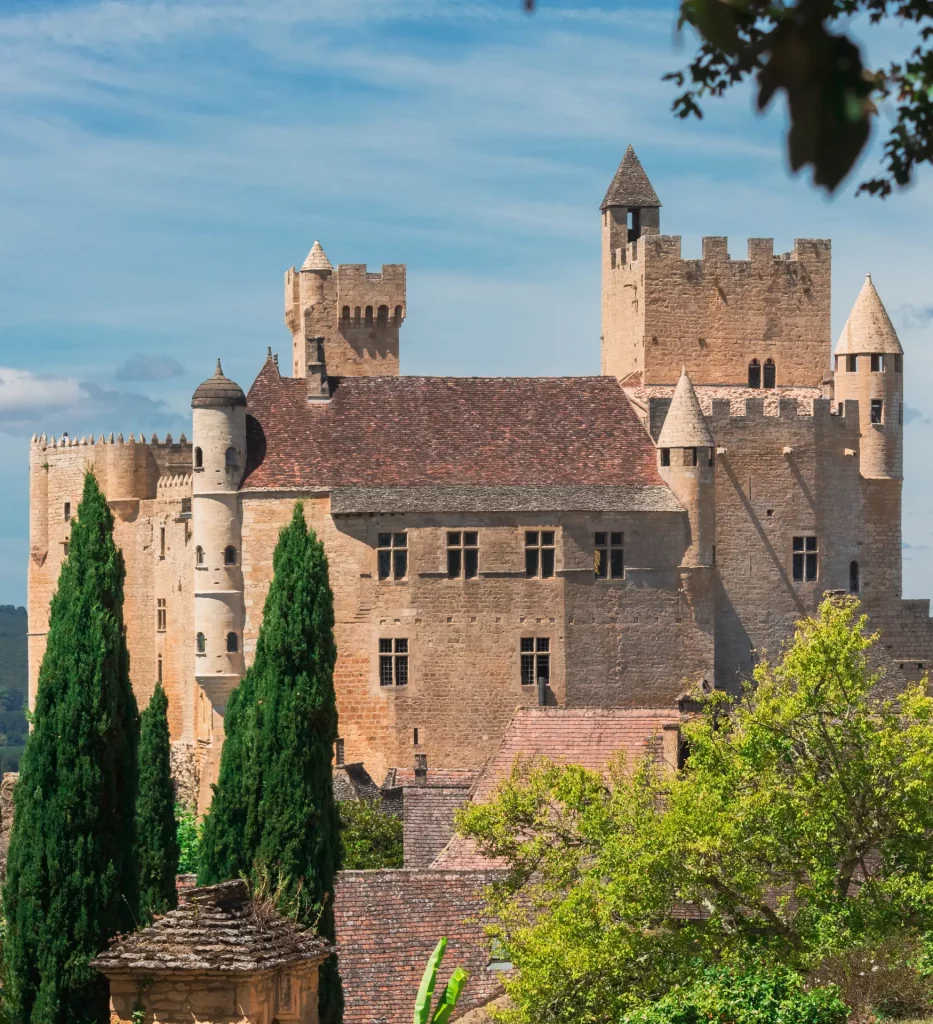
Another member of the association Les Plus Beaux Villages de France, Beynac is a village located on the banks of the Dordogne river and boasts a magnificent château perched atop the cliffs overlooking the river. The Castle has been a location in several films, including Ridley Scott’s “The Last Duel”.
Castelnaud
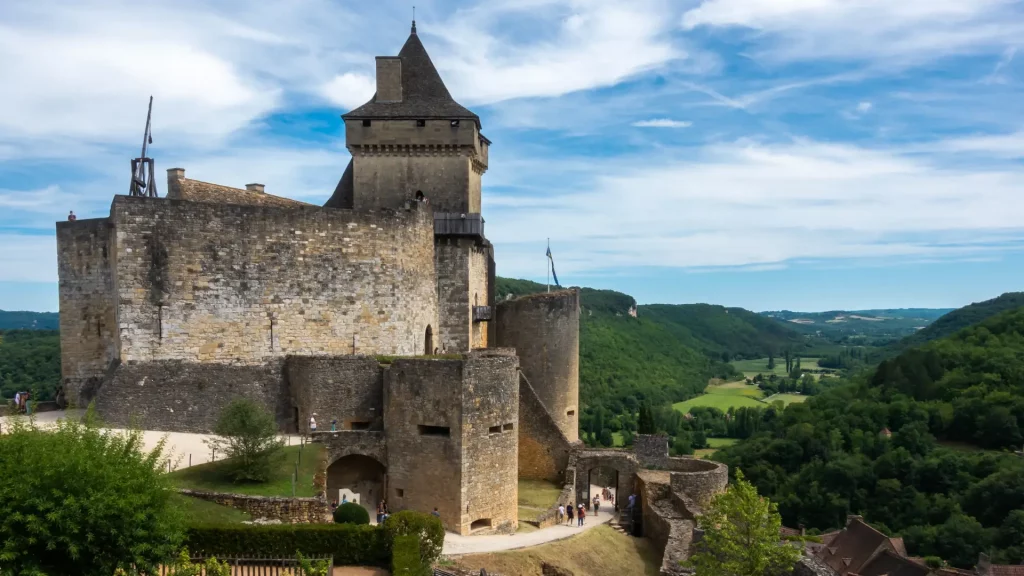
Yet another riverside village with a clifftop château, the picturesquely restored castle houses a much-visited museum of medieval warfare, featuring reconstructions of siege engines, mangonneaux, and trebuchets. The castle is listed as a monument historique by the French Ministry of Culture.
Bergerac

Bergerac is the second most populous town in the Dordogne region and boasts a rich history. It was designated a Town of Art and History by the Ministry of Culture in 2013. The surrounding region is primarily known for wine and tobacco. It has twelve recognised wine AOCs (appellations d’origine contrôlée).
Sarlat

Sarlat is a medieval town that developed around a large Benedictine abbey of Carolingian origin. Sarlat has remained preserved as one of the most representative of 14th-century France. Its historic centre, with 77 protected monuments has also featured in multiple historical films.
Cahors
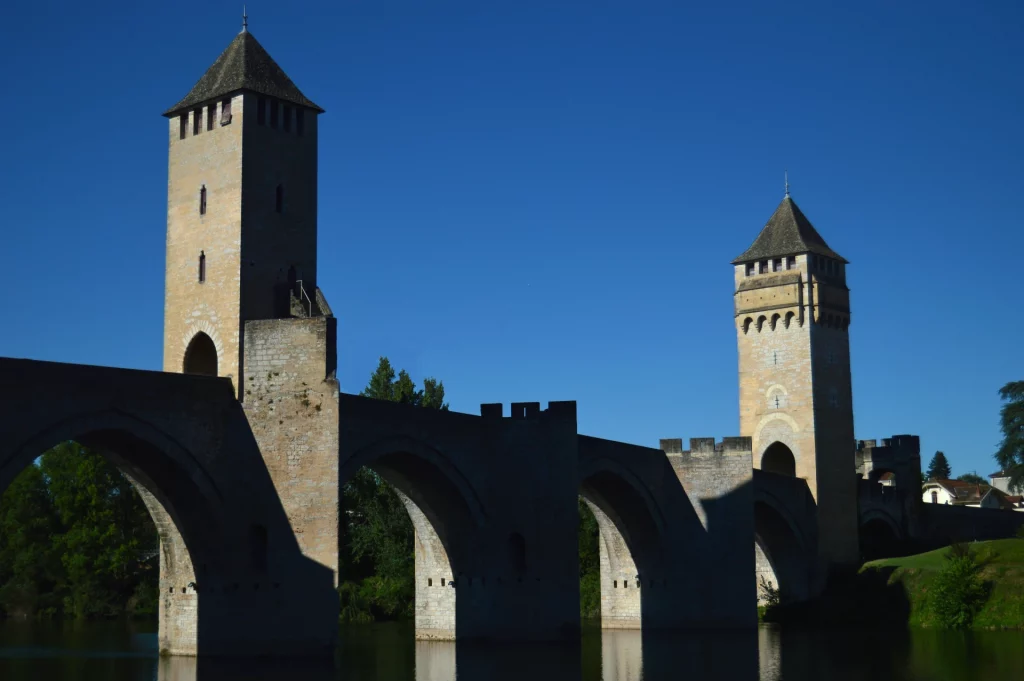
Nestled in a meander of the river Lot, this historic city is home to a great monumental diversity, mainly inherited from Roman times and the Middle Ages; the city’s monuments include a historic city centre, Saint-Étienne cathedral, Roman walls and the famous Valentré bridge (a UNESCO World Heritage Site).
The river Lot
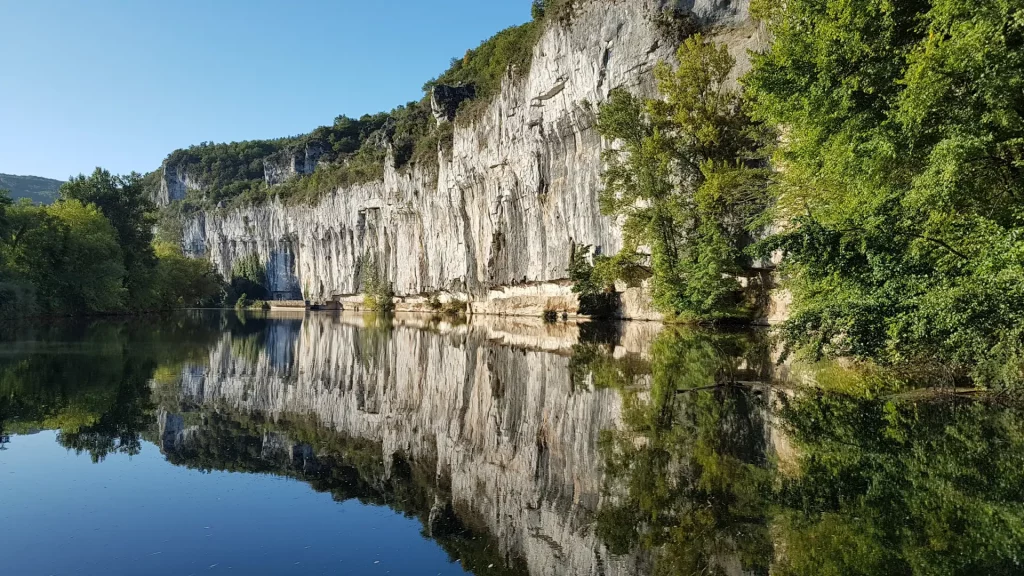
The Lot is a tributary of the Garonne. It rises in the Cévennes mountains, flowing west through Quercy, a total distance of 485 kilometres. It gives its name to the départements of Lot and Lot-et-Garonne. The Lot is now open to recreational navigation and passenger boats in three sections.
The Dordogne river
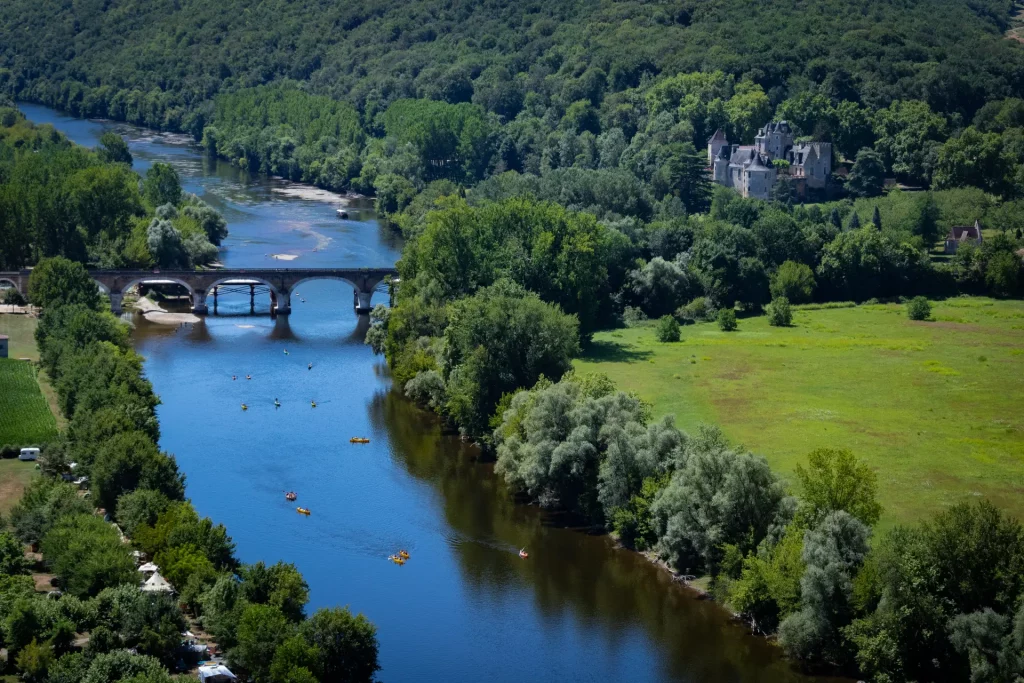
The river rises on the flanks of the Puy de Sancy at 1,885 metres (6,184 ft) above sea level in the Massif Central. The Dordogne and its watershed were designated Biosphere Reserve by UNESCO on July 11 2012. It is a popular river for swimming and canoeing during the Summer months.
Lascaux
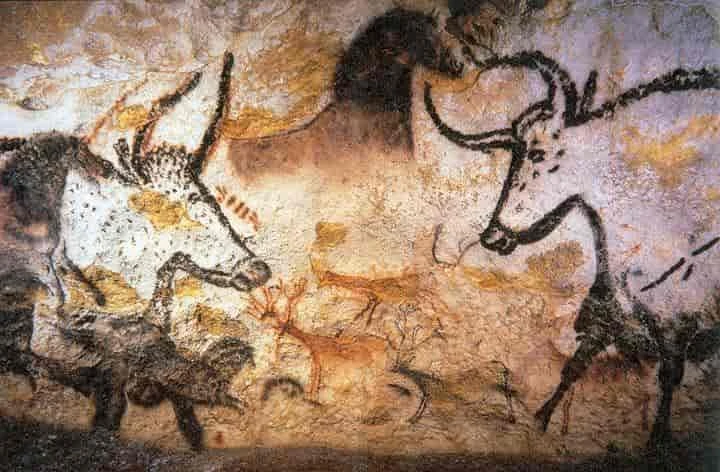
The Vézère valley, UNESCO World Heritage List since 1979 and host to 15 prehistoric sites, mostly in and around Les Eyzies-de-Tayac-Sireuil. Estimated at around 17,000 years old, Lascaux is the most famous but, unfortunately, it is now closed to the public due to its deteriorating condition. The area’s many other museums and cave walks are definitely more than worth a visit.
Our home in Montcléra
Paoutou at vero eos et accusamus et iusto odio dignissimos ducimus qui blanditiis praesentium voluptatum deleniti atque corrupti quos dolores et quas molestias excepturi sint occaecati cupiditate non provident, similique sunt in culpa qui officia deserunt mollitia animi, id est laborum et dolorum fuga.